Snakes, those enigmatic reptiles that both fascinate and frighten us, have developed some curious behaviors when interacting with our human world. While we often think of them as creatures purely of the wild, snakes frequently encounter and interact with human-made environments and materials. These interactions aren’t random—snakes are drawn to specific synthetic materials and structures for reasons deeply rooted in their biology, sensory perception, and survival needs. From warm asphalt roads to garden hoses mistaken for rivals, understanding why snakes are attracted to certain human-made materials provides fascinating insights into their behavior and can help us better coexist with these remarkable reptiles. This exploration reveals not just snake behavior, but how our human footprint inadvertently creates environments that these animals find irresistible.
Thermal Attraction: Why Snakes Love Man-Made Heat Sources

As ectothermic creatures, snakes depend entirely on external heat sources to regulate their body temperature, making them particularly drawn to human-made materials that efficiently absorb and radiate heat. Asphalt roads, concrete sidewalks, and dark-colored building materials become natural attractions for snakes, especially during cooler early mornings or evenings when these surfaces retain warmth longer than the surrounding environment. This thermal attraction explains the unfortunately common sight of snakes basking on roads, leading to countless reptile casualties from vehicle strikes. In urban and suburban areas, items like heating pads, warm car engines, and even electronic equipment can become unexpected snake magnets, offering artificial heat islands that these cold-blooded creatures find irresistible. Understanding this thermal relationship helps explain why snakes are more frequently encountered around certain human structures, particularly in transitional seasons when natural temperature regulation becomes more challenging for them.
The Garden Hose Phenomenon: Mistaken Identity Among Snakes
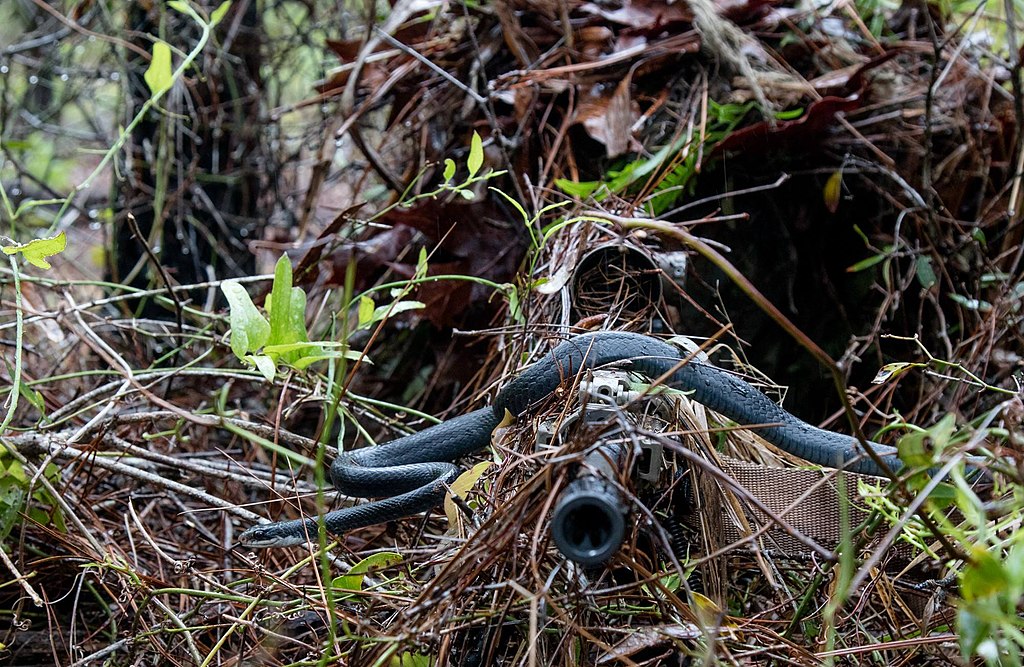
One of the most curious interactions between snakes and human items is what researchers call “the garden hose phenomenon,” where snakes mistake hoses for other snakes and engage with them accordingly. Male snakes, particularly during mating season, have been documented approaching, investigating, and even attempting to combat or mate with garden hoses that share similar dimensions and shapes to their own species. This behavior stems from the snake’s limited visual acuity combined with their strong response to familiar silhouettes and shapes. The rubber and plastic materials used in garden hoses often retain heat in ways similar to another snake’s body, further convincing the reptile that it’s encountering a competitor or potential mate. Garden maintenance companies occasionally receive reports of snakes seemingly “attacking” or coiling around idle hoses, a behavior that demonstrates not aggression toward humans but rather a case of reptilian mistaken identity. This phenomenon provides a fascinating window into how snakes perceive and categorize objects in their environment through limited sensory information.
Seeking Shelter: Human Structures as Prime Real Estate
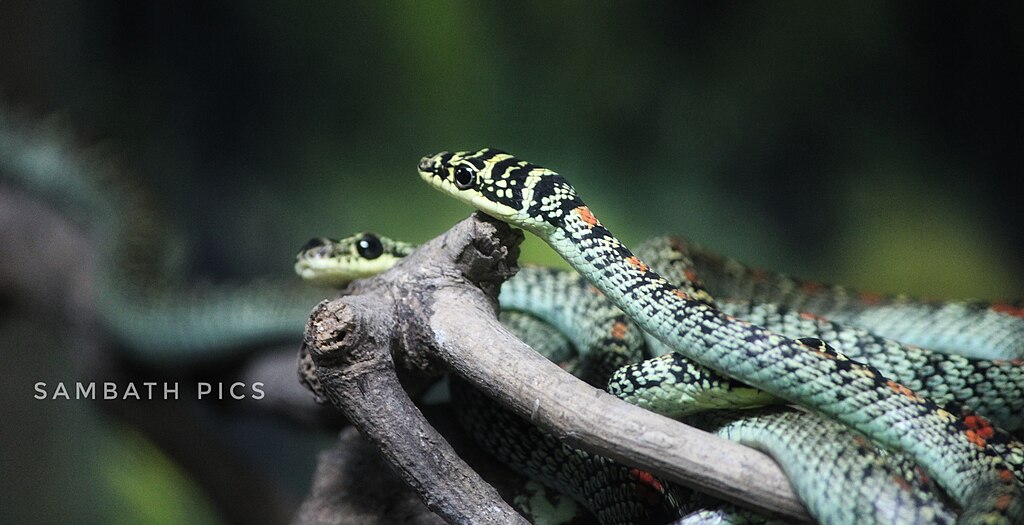
The human landscape offers snakes an abundance of artificial shelters that often improve upon natural options, making certain building materials particularly attractive to these reptiles. Materials like corrugated metal, plywood sheets, tarps, and construction debris create ideal microhabitats that protect snakes from predators while providing perfect thermal properties. These materials typically create small, protected gaps with multiple entry points—a security feature snakes instinctively seek—while also offering superior insulation compared to natural alternatives like rocks or logs. In agricultural settings, hay bales, equipment sheds, and irrigation structures become hotspots for snake activity, combining shelter with proximity to prey like rodents that are also drawn to human structures. Researchers studying snake habitat preferences have noted that certain species show remarkable adaptability in colonizing human debris, with some endangered snake populations actually benefiting from carefully placed artificial shelters made from specific construction materials. This attraction to human-made shelters demonstrates the remarkable behavioral plasticity of snakes and their ability to integrate human elements into their survival strategies.
Chemical Attractions: Synthetic Materials That Lure Snakes

Snakes possess a sophisticated chemosensory system centered around their forked tongues and vomeronasal organs, allowing them to detect and be influenced by chemical compounds in ways humans can barely comprehend. Surprisingly, certain synthetic materials emit chemical signatures that snakes find either attractive or intriguing. Some rubber compounds, particularly those containing sulfur-based vulcanizing agents, produce chemical signals that can trigger investigation by snakes, explaining their occasional attraction to rubber boots, tires, and certain types of insulation. Pest control professionals have documented instances where snakes repeatedly investigate PVC pipes, certain plastics, and freshly treated lumber, likely responding to volatile organic compounds that either mimic natural prey scents or trigger exploratory behavior. Laboratory studies have confirmed that specific petroleum-based products can elicit tongue-flicking behavior in multiple snake species, indicating active chemosensory investigation. This chemical attraction remains one of the least understood aspects of snake interaction with human materials, suggesting there’s still much to learn about how our synthetic world affects reptile behavior through chemical signals we humans can’t detect.
Vibration Sensitivity: How Human Activities Draw Snakes
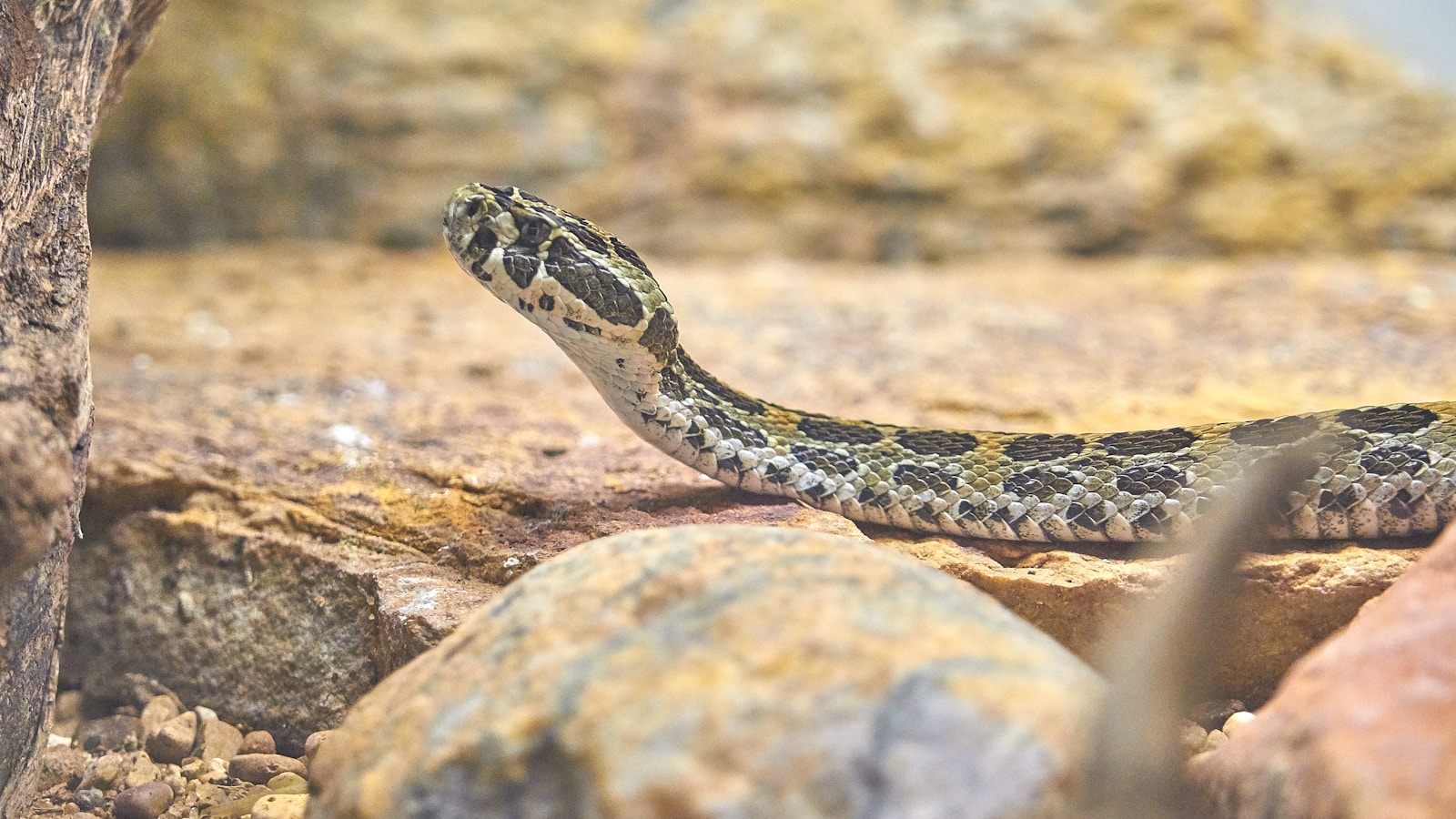
Snakes possess remarkable sensitivity to ground-borne vibrations, using this sense to detect both prey and potential threats in their environment—a sensitivity that extends to their interactions with human-made materials and activities. Certain building materials and structures transmit and sometimes amplify vibrations in ways that can either attract or repel snakes depending on the frequency and intensity. Low-frequency vibrations from equipment like pumps, generators, and certain machinery can actually attract some snake species, potentially because these vibrations mimic the movements of prey animals. Construction sites often report increased snake encounters, partly because materials like metal sheeting, hollow wooden structures, and drainage systems create excellent vibration conduits that snakes can detect from considerable distances. Researchers studying the impact of anthropogenic noise on wildlife have documented that snakes will investigate the sources of certain mechanical vibrations, particularly those transmitted through materials that provide good acoustic properties. This sensory attraction explains why snakes sometimes appear in seemingly bizarre locations around human infrastructure, following vibrational cues through materials that efficiently transmit these signals.
The Humidity Factor: Materials That Create Microclimates
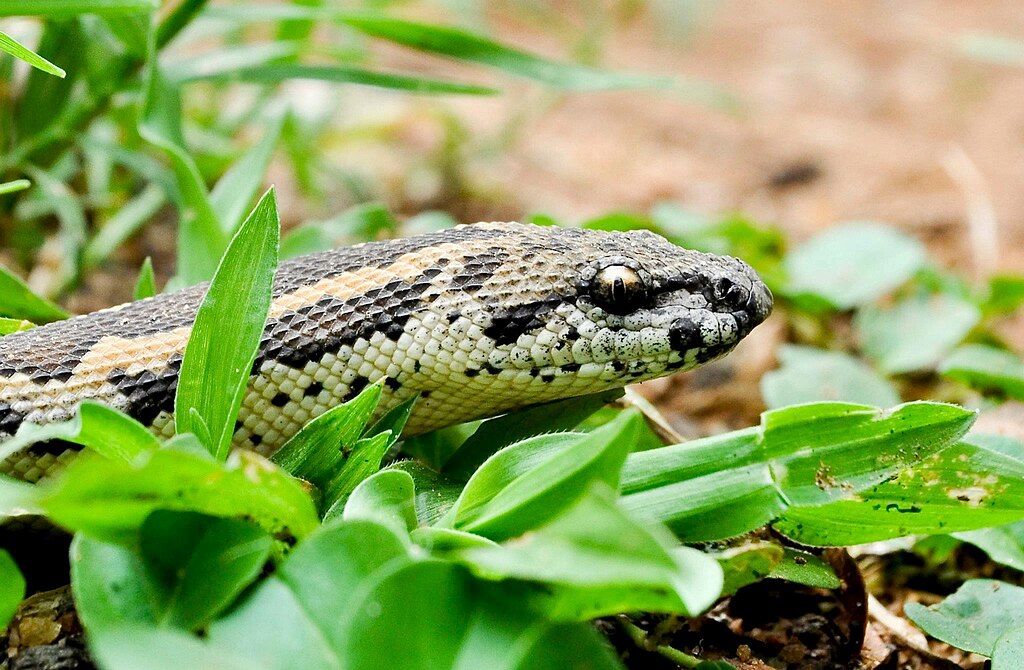
Water conservation is critical for snakes, making them naturally drawn to human-made materials and structures that create humid microclimates in otherwise dry environments. Plastics, tarps, and synthetic fabrics often create condensation and trap moisture in ways that natural materials cannot, establishing humid refuges that help snakes prevent dehydration and assist with skin shedding. Irrigation systems, particularly those using plastic components that leak slightly or create condensation, become powerful attractants in arid regions where water is scarce. Herpetologists have documented higher snake densities around artificial materials that trap moisture, with some species showing clear preferences for specific synthetic materials based primarily on their humidity-creating properties. In residential areas, items like pool covers, garden plastics, and damp basement materials unintentionally create perfect humidity traps that snakes will actively seek out and return to repeatedly. This attraction to moisture-trapping synthetic materials becomes especially pronounced during dry seasons or in naturally arid environments, where these human-created humidity pockets become critical resources for snake survival.
Drawn to Darkness: Light-Blocking Materials
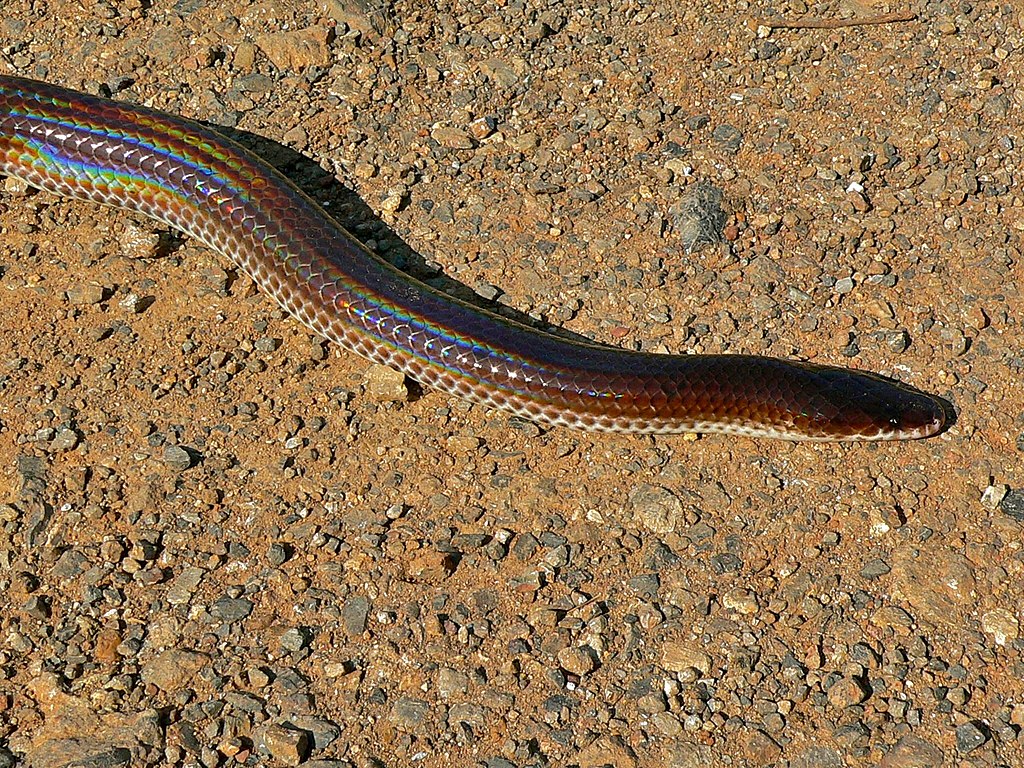
Most snake species are naturally secretive and thigmotactic (preferring tight, enclosed spaces with body contact), making them instinctively drawn to dark, confined spaces created by specific human materials. Black plastic sheeting, dark tarps, and opaque synthetic materials that completely block light create artificially dark environments that trigger a snake’s instinct to seek shelter and security. Construction materials like insulation panels, plastic drainage pipes, and stacked synthetic building supplies often create perfect dark retreats with multiple tight passages—essentially artificial cave systems that appeal strongly to a snake’s natural preferences. Researchers studying snake shelter selection have demonstrated that given equal thermal properties, snakes will typically choose the darker, more confined option, explaining their frequent appearance in black plastic landscaping materials and dark synthetic storage containers. In agricultural settings, black silage tarps and dark agricultural plastics become snake magnets not just for their thermal properties but specifically for their light-blocking characteristics. This attraction to darkness helps explain why homeowners often discover snakes in synthetic storage boxes, under dark landscaping materials, and inside black rubber or plastic components around the home.
Rodent Attractions: Following Prey to Synthetic Habitats
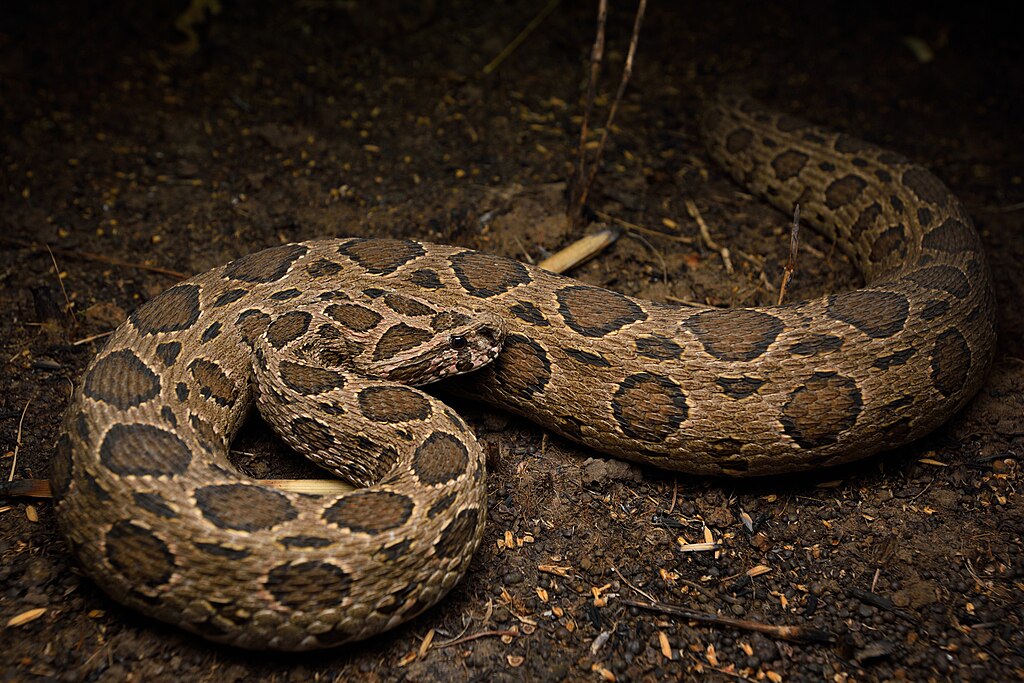
Many snake species are primarily drawn to human materials indirectly—following their prey animals who themselves are attracted to these synthetic environments. Rodents frequently colonize human structures and materials like insulation, plastic storage containers, and synthetic building components, creating food-rich environments that predatory snakes inevitably discover. Agricultural materials like grain storage bags, synthetic feed containers, and plastic compost bins become rodent hotspots that subsequently attract snake predators, creating a multi-level ecological relationship with human materials at the center. Wildlife biologists have documented clear correlations between rodent activity around certain synthetic materials and increased snake presence, demonstrating that these materials create unintentional food webs. In suburban environments, plastic compost bins, synthetic mulch, and polymer-based garden structures often host insects and small mammals that draw snakes into closer human contact than would otherwise occur naturally. This prey-following behavior means that certain human materials become indirect snake attractants by first creating ideal habitats for the animals that snakes hunt, essentially establishing synthetic ecosystems that snakes integrate into their foraging strategies.
Smooth Surfaces: The Appeal of Low-Friction Materials
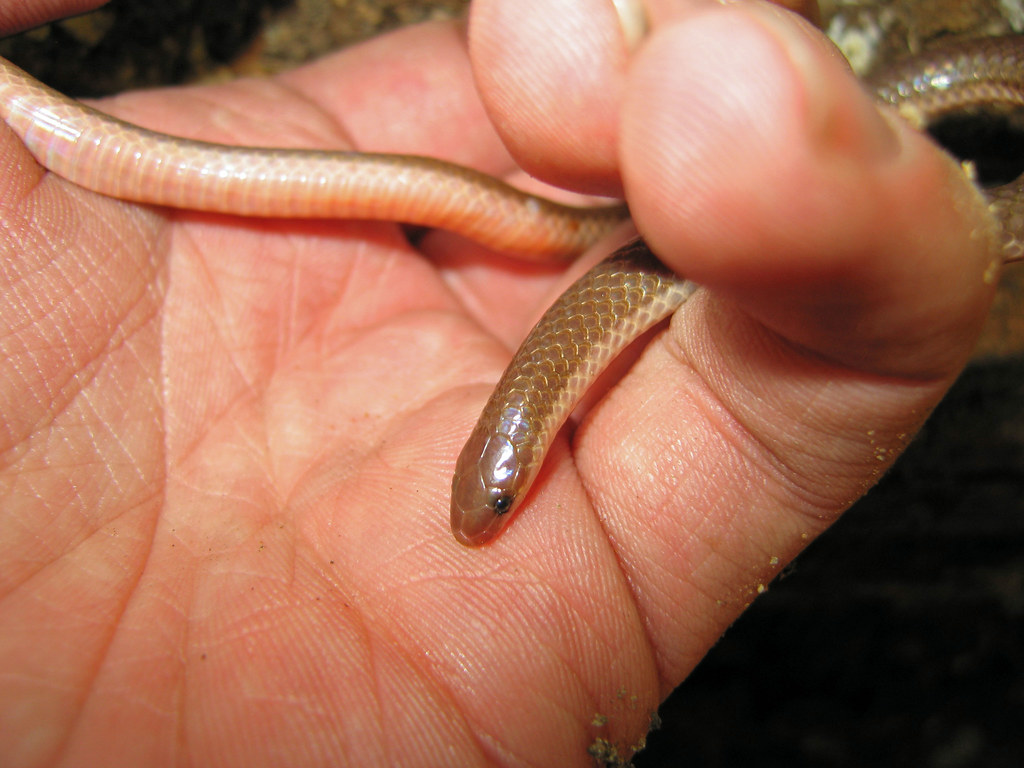
Snakes have evolved to navigate through complex natural environments, but many species show a marked preference for the smooth, low-friction surfaces that are common in human-made materials. Polished concrete, certain plastics, metal surfaces, and glazed ceramics allow snakes to move with significantly less energy expenditure than rough natural terrain, making these materials appealing pathways and resting places. Researchers studying snake locomotion have measured decreased muscle activity when snakes travel across certain synthetic surfaces, suggesting an energy conservation benefit that could explain their attraction. Many homeowners report finding snakes resting on smooth synthetic floors, plastic sheeting, or metal surfaces even when rougher natural alternatives are available nearby. This preference becomes particularly noticeable during shedding periods, when snakes actively seek smooth surfaces that help remove their old skin without causing damage to the new layer underneath. The attraction to smooth synthetic materials represents an interesting case where human manufacturing inadvertently creates surfaces that offer biomechanical advantages for snake movement and bodily maintenance.
Unintentional Traps: Materials That Snare Snakes
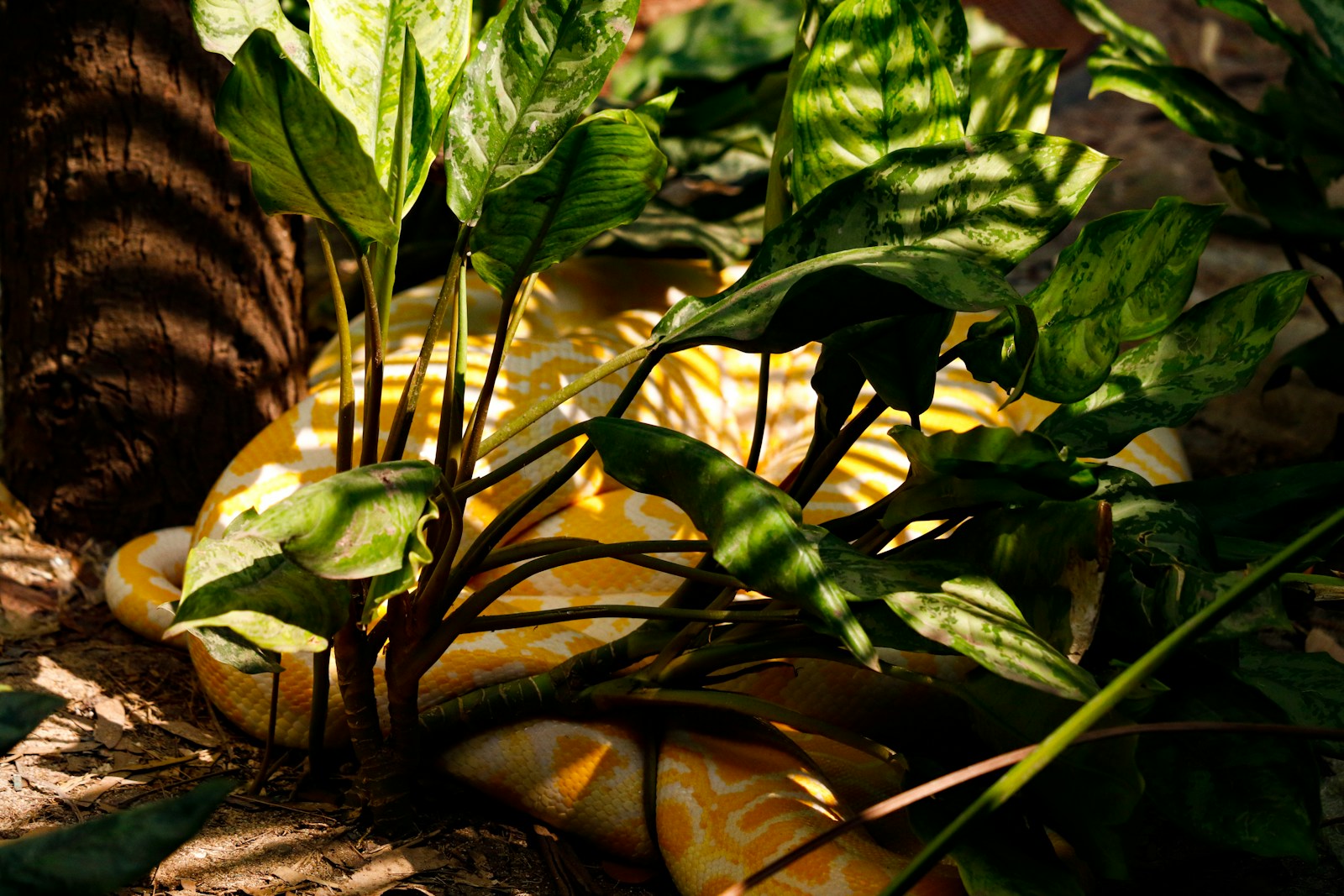
Some human-made materials attract snakes not through any benefit they offer but by creating unintentional traps that snakes cannot detect until it’s too late. Adhesive materials like glue traps, sticky tapes, and certain industrial adhesives present no initial warning to snakes but create potentially lethal situations once contacted. Mesh materials like certain types of landscaping fabrics, plastic netting, and synthetic erosion-control products can entangle snakes as they attempt to pass through openings that narrow around their bodies. Wildlife rehabilitators regularly receive snakes caught in everything from packing tape to synthetic fibers that wrap around their bodies, demonstrating how certain human materials interact problematically with snake anatomy and movement patterns. Research into wildlife-human conflicts has identified specific synthetic materials that consistently trap snakes, including certain plastics that create one-way entry points and expandable foam products that harden around investigating reptiles. These unintentional traps represent the darker side of snake attraction to human materials, where investigation of an interesting substance or structure leads to situations the animal cannot escape without human intervention.
Synthetic Materials in Snake Conservation

Conservation biologists have begun leveraging knowledge about snake attraction to certain materials to develop better management and protection strategies for threatened snake species. Artificial refuges constructed from specifically chosen synthetic materials now play important roles in snake conservation programs, providing controlled environments that meet snakes’ thermal, security, and humidity needs while allowing for monitoring and research. Materials like corrugated plastic sheets, recycled rubber products, and specialized polymer shelters have been successfully deployed to create snake sanctuaries in areas where natural habitat has been diminished or fragmented. GPS tracking studies have demonstrated that certain endangered snake species will predictably use artificial shelters made from specific materials, allowing conservationists to effectively create protected corridors and habitats. In rehabilitation settings, wildlife experts use knowledge of material preferences to create optimal recovery environments, with synthetic heating elements, specific humidity-controlling materials, and carefully selected surface textures that promote healing and natural behaviors. This conservation application represents a positive use of understanding snake attraction to human-made materials, turning potential conflicts into solutions for protecting vulnerable reptile populations.
Mitigating Unwanted Snake Attractions
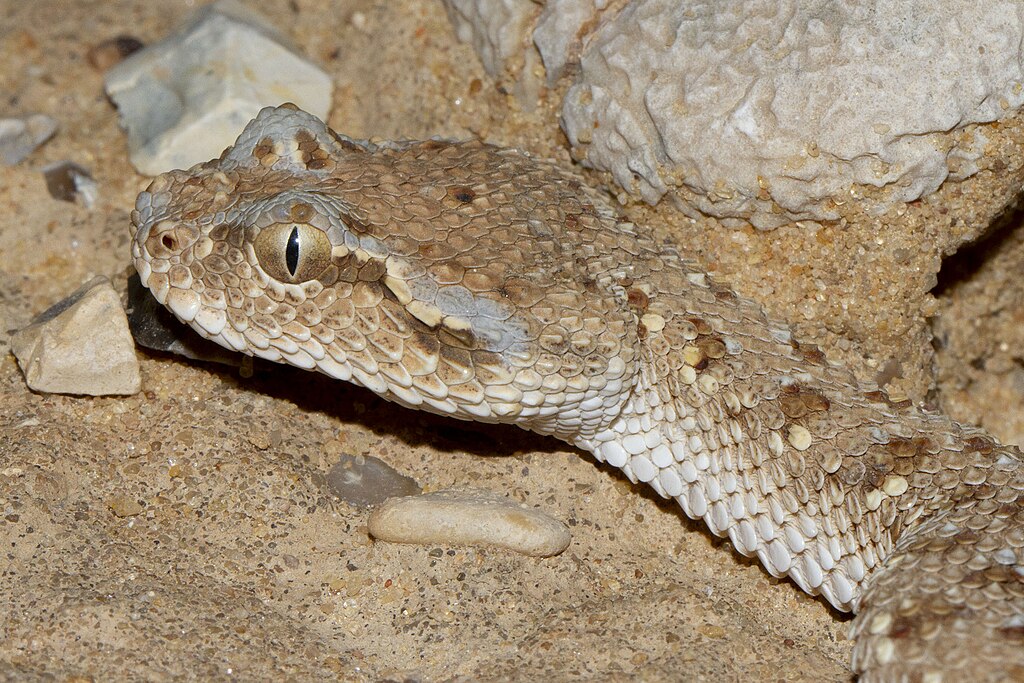
Understanding why snakes are drawn to certain human-made materials provides valuable insights for people who wish to minimize unwanted snake encounters around homes and businesses. Replacing attractive snake materials like black plastic landscaping sheets with less appealing alternatives such as natural mulches can significantly reduce snake presence in garden areas. Proper storage of construction materials, particularly corrugated products and sheet metals, prevents the creation of unintentional snake habitats by keeping these attractive materials elevated and exposed rather than directly on the ground where they create perfect snake shelters. Herpetologists recommend several material management strategies, including the relocation of heat-absorbing materials away from home foundations and the elimination of moisture-trapping synthetic debris that creates humid snake attractants. For areas where snake avoidance is critical, wildlife experts suggest using materials known to be unappealing to snakes, such as certain rough-textured hardscapes and specific metal alloys that don’t retain heat efficiently. Implementing these material-focused approaches allows for coexistence by working with snake biology rather than fighting against it through ineffective and often harmful chemical repellents.
Conclusion
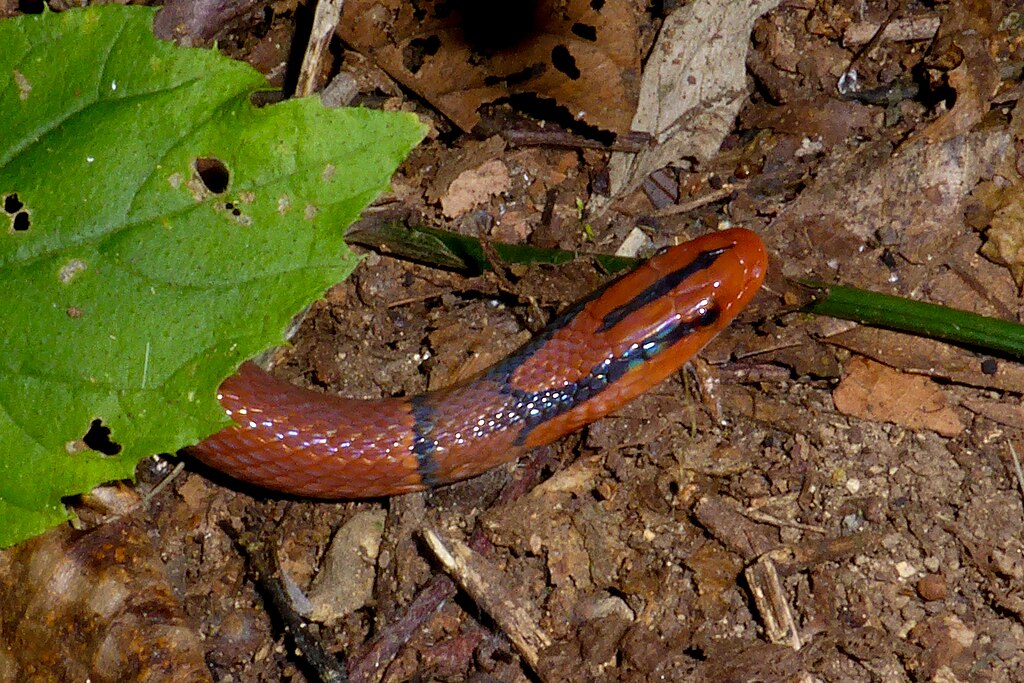
Our human-constructed world creates an unintentional interface with snake biology that influences where these reptiles appear and how they behave around us. From the thermal properties of our building materials to the shapes of our garden equipment, elements of human life unintentionally speak to snake sensory systems in ways we’re only beginning to fully understand. This knowledge not only satisfies scientific curiosity but offers practical applications in snake conservation, conflict reduction, and wildlife management. By recognizing which materials attract snakes and why, we can make more informed choices about our living spaces, better predict snake behavior, and develop more effective strategies for coexisting with these remarkable animals. Rather than viewing snakes as unwanted invaders into human spaces, understanding their attraction to our materials reminds us that we share ecological systems with wildlife, even in our most developed environments.





